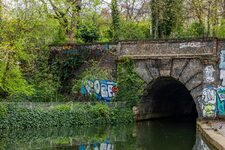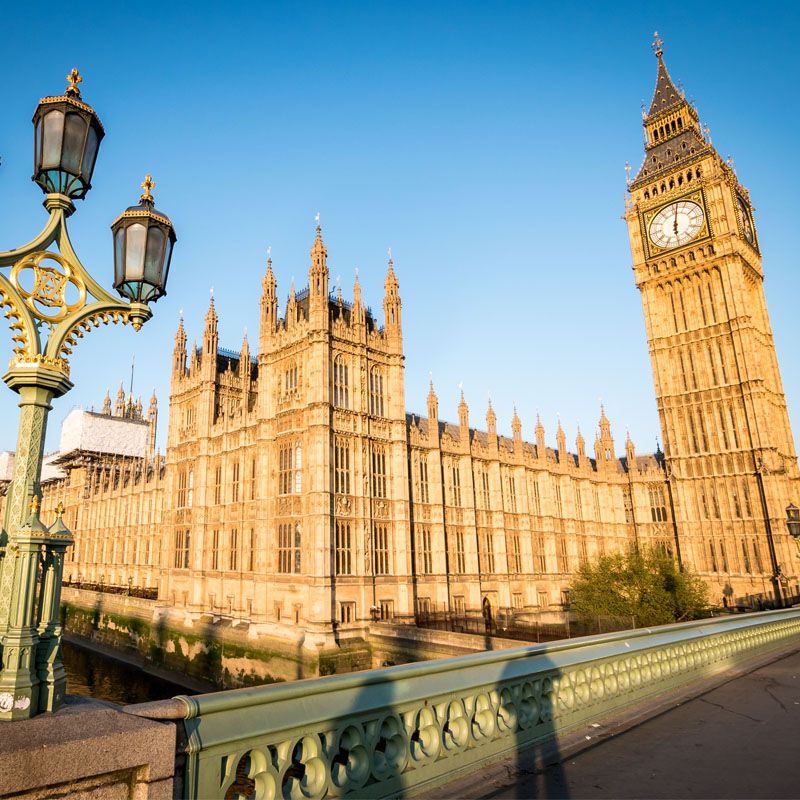Islington Tunnel: Subterranean Urban Art Along the Canal
Islington Tunnel: An Underground Engineering Marvel in London
The Islington Tunnel is an impressive feat of 19th-century engineering hidden beneath the bustling streets of London. This navigable tunnel, stretching for nearly 1.5 kilometers, was designed to allow waterway navigation under the city. In this article, we will delve into the history, construction, and significance of the Islington Tunnel as an engineering monument.
Origins and History
The Islington Tunnel was constructed in the early 19th century, between 1818 and 1820, as part of the Regent's Canal project in London. The Regent's Canal aimed to connect the River Thames to the North London Waterway, cutting through the heart of London. The Islington Tunnel was a crucial component of this ambitious endeavor.
Construction and Features
The construction of the Islington Tunnel was an engineering marvel of its time. The tunnel spans approximately 960 meters in length and runs beneath the Islington district, connecting the Paddington Canal Basin to the Angel Basin. It was hand-dug by laborers using open-cut excavation techniques and later lined with brickwork.
One of the most intriguing features of the Islington Tunnel is its gently curved layout, which means that boats navigating through the tunnel must proceed slowly and avoid collisions.
Historical Significance and Current Use
In the 19th century, the Islington Tunnel played a vital role in transporting goods across London. However, with the advent of rail and road transport, the Regent's Canal lost its commercial significance over the decades.
Today, the Islington Tunnel is primarily used for recreational purposes. Pleasure barges and tourist boats still navigate through the tunnel, offering visitors a unique experience of the city from its subterranean waterways.
Conclusion
The Islington Tunnel stands as an impressive engineering monument that attests to the ingenuity and perseverance of 19th-century builders. Its intricate construction and gentle curve layout make it a remarkable example of underground engineering. A visit to the Islington Tunnel provides an opportunity for visitors to step back in time and discover the historical importance of this achievement in London's waterborne transportation.









